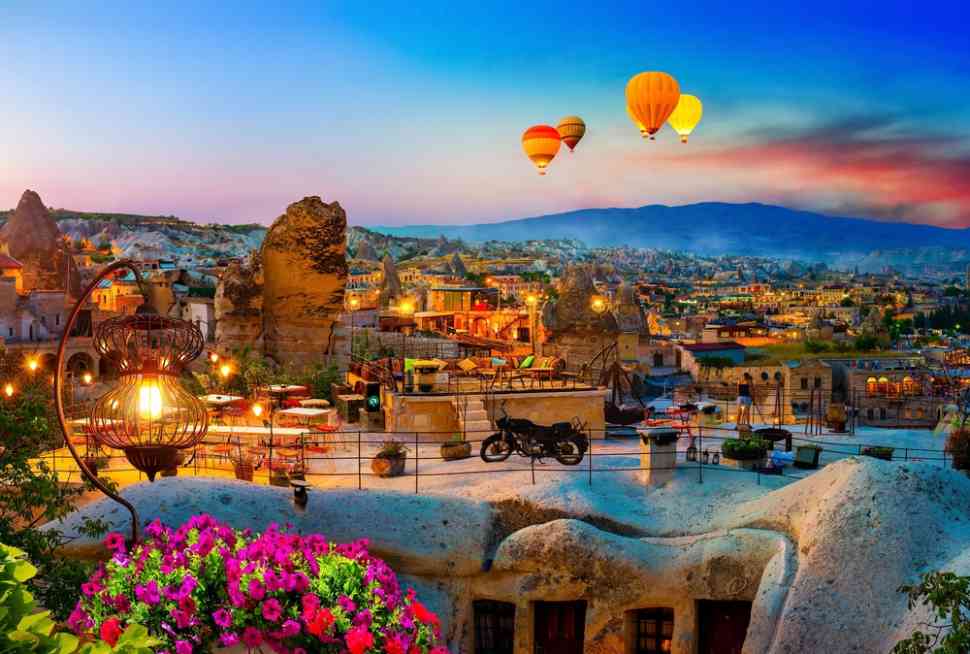A heaven called Serengeti – Tanzania
We boarded our transport and left the Ngongoro Crater, with its tens of thousands of animals, and started on our way towards Serengeti.
You might have seen Serengeti in the movies. It’s the place where hundreds of thousands of animals annually migrate from Kenya and covers around 100,000 square kilometers. It is a place where no construction is allowed and nature is left to its own devices. I was wondering what the world looked like millions of years ago and I found the answer here.
I later found that I had seen noting yet.
As soon as we entered the valley, we were welcomed by a family of rhinoceroses. We and they were both amazed to see each other.
The vegetation changed every kilometer and the number of animals started to increase. After a while I just stood there, amazed.
We were surrounded by not by thousands or tens of thousands of animals, but hundreds of thousands.
Buffalos, giraffes, elephants, zebras, wild cows and deer.
Every animal you can imagine was there.
We met the Masai
As we were traveling through the valley, we saw some people wearing red capes. Our guide told us they were the Masai feeding their flocks.
The Masai were the first owners of these lands.
As we were wondering whether they were frightened of lions, we were told that lions don’t attack people wearing red clothes. Moreover, there are so many animals around to feed on that they rarely attack humans.
It is estimated that around 10 to 15 million Masai live in the region. The strange thing is the Masai are determined not to allow any encroachment into their primitive lives. No one apart from them are allowed to live in this region. Around 60,000 of them have signed a special agreement with the government. Their homes are made out of straw and mud. There is no electricity or cars. Not a single sign of modernity can be seen.
We visited a small village.
They sing their traditional songs for $60 per car and sell the jewelry they make and the spears they use for hunting. From the income, one realizes that they have no concept of money. We learned that they use the money to purchase medicine.
The clothes they wear haven’t changed at all. No one wears slacks or shirts. The only things they wear are traditional Masai clothes.
There is a school that a few bright kids go to, who later go to universities in cities. Those who go usually never come back, they told us. These kids find it hard to adapt to their old lives, once they get used to the cities.
While the Masai that remain in the region resist all signs of modernity, those who go to the cities have failed to do the same.
When one sees the Masai, one feels like he or she has passed through a time machine. What’s also strange is the fact they have not turned their life styles into a tourist attraction. They only allow the tourists to visit a few villages. No one is allowed to see the rest.
As one travels through the Serengeti plains, you realize how hard we hard tried to ruin our beautiful world. Seeing the beauty of nature and animals at first hand is overwhelming.
They are poor, but they know how to protect:
The 100,000 square-kilometer region on the Kenya-Zanzibar border is the best protected natural life preserve in the world.
Under the direction of the United Nations and tens of natural life protection foundations, everyone is taking great care to preserve the region. The governments have now realized the seriousness of the issue.
Those animals that face extinction are given extra care. The ban on feeding animals and making noise are the number one rules. The penalties faced by those who try to hunt the animals are so harsh that smuggling has dropped to manageable levels. The tourism receipts cover the expenses, with some to spare.
After seeing this, I realized how those who dedicated their life to the animals feel. I wanted to thank all those who created the opportunity for us to see such a beauty.
I would recommend everybody who can afford it to go and see what’s there. It changes one’s outlook on life.


